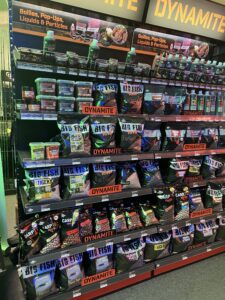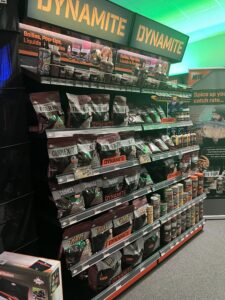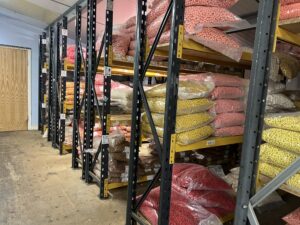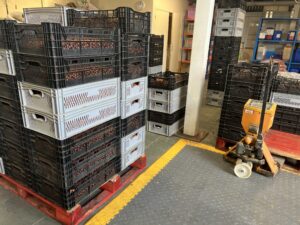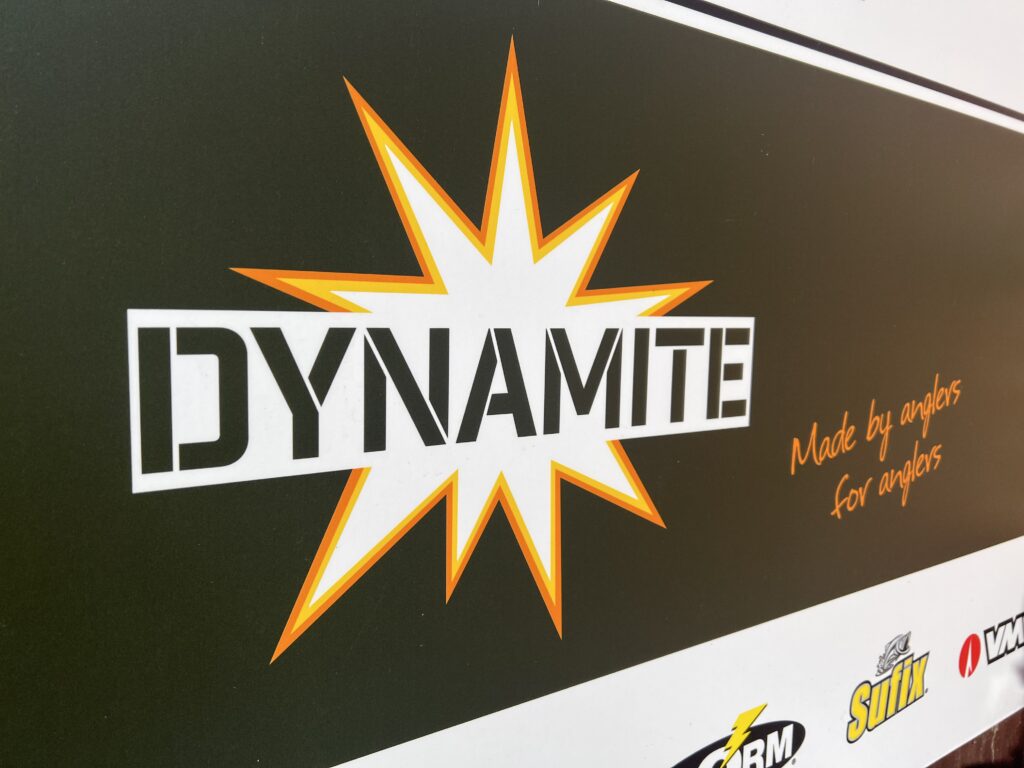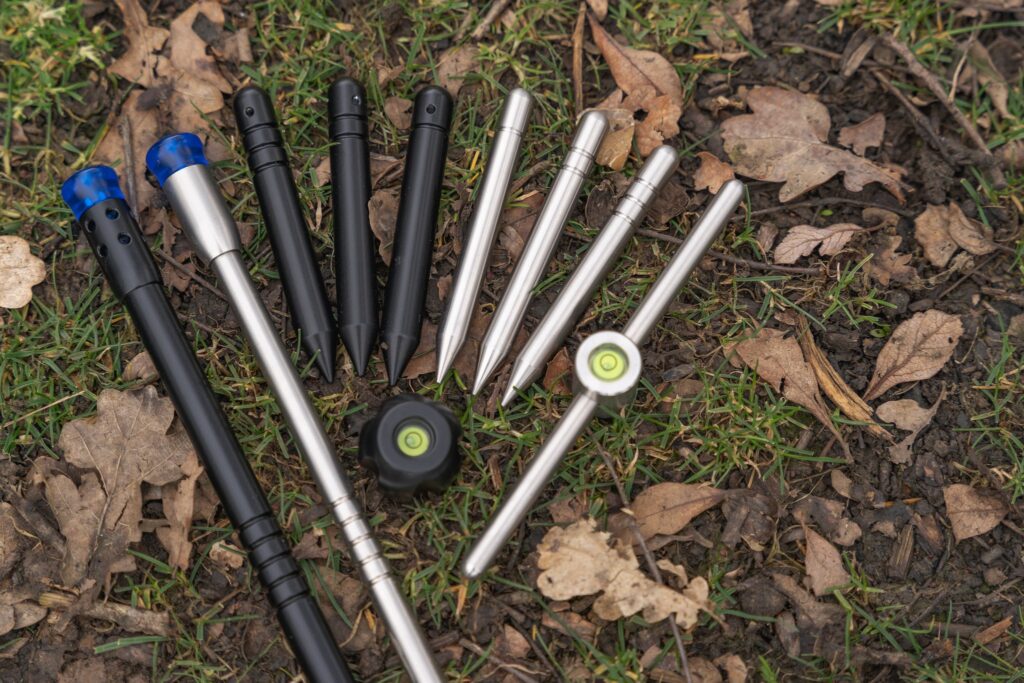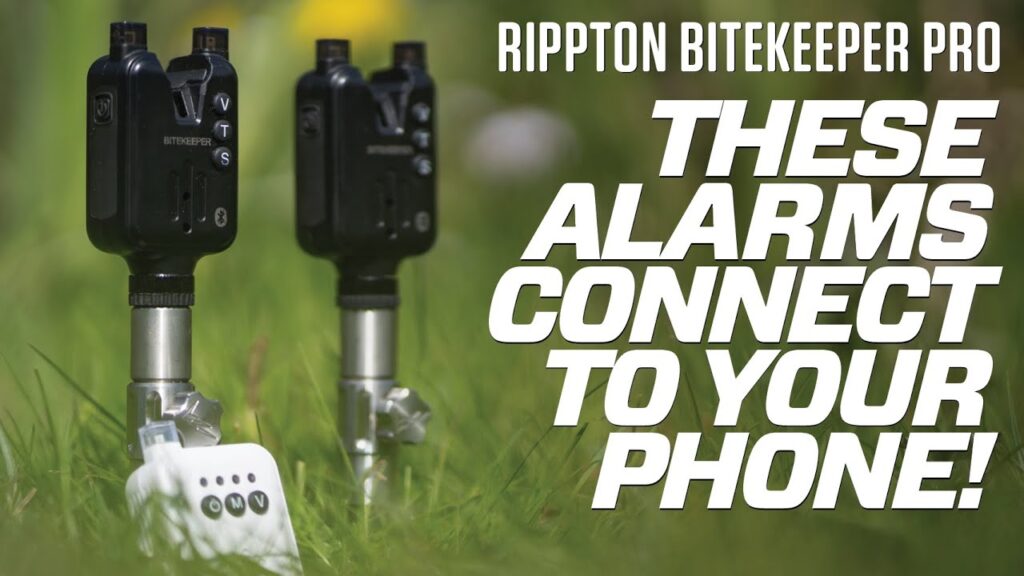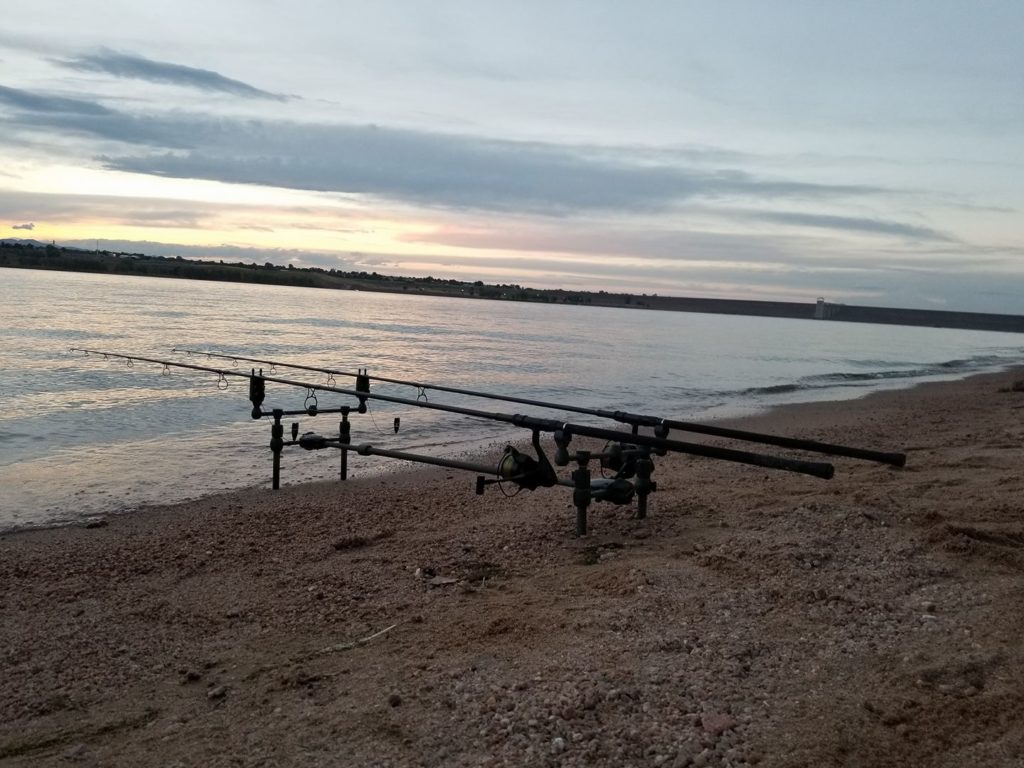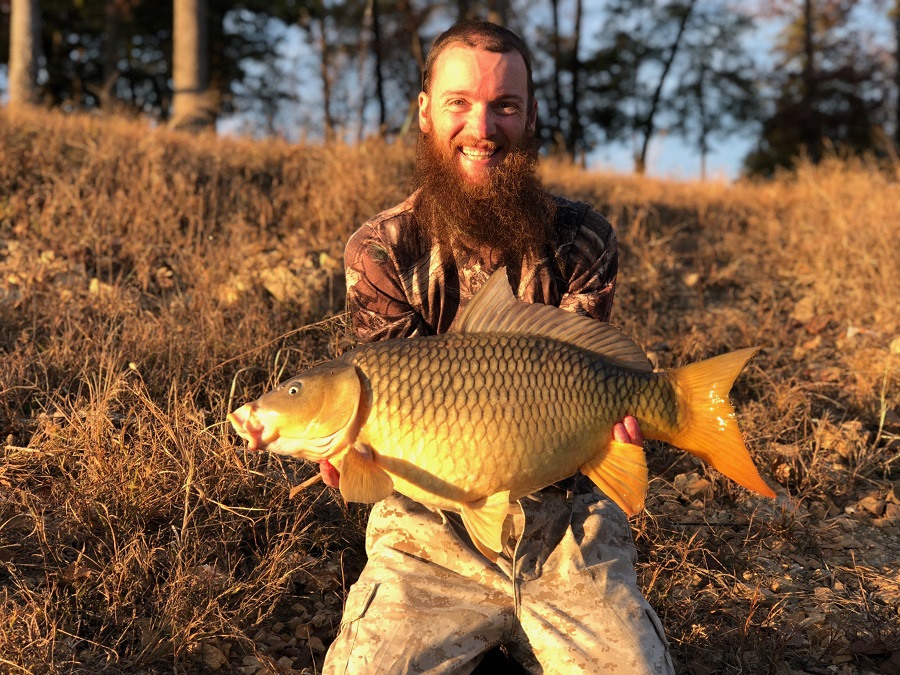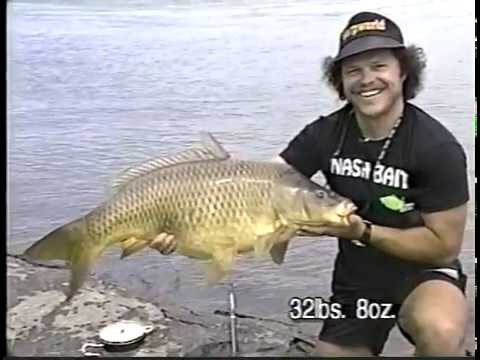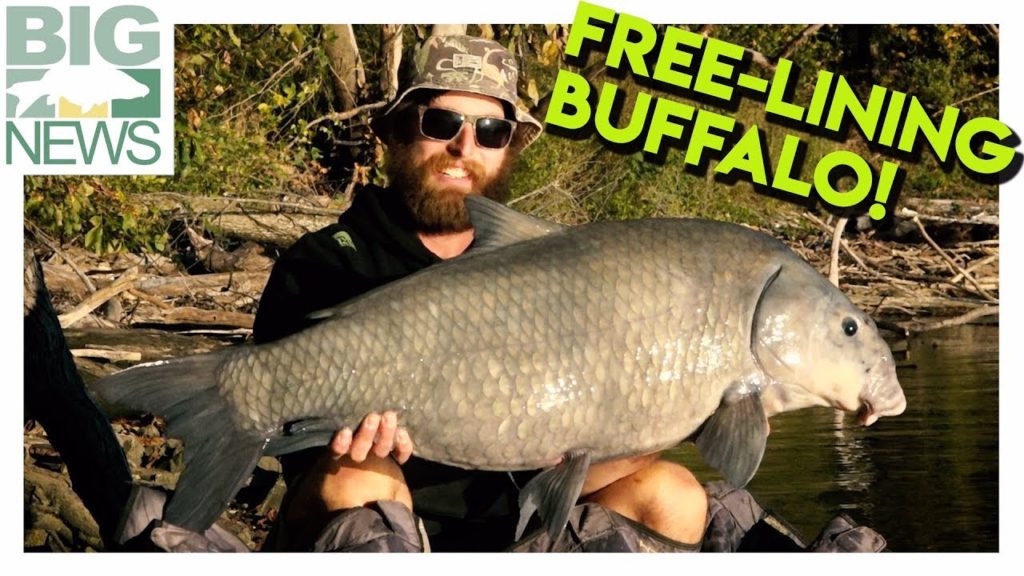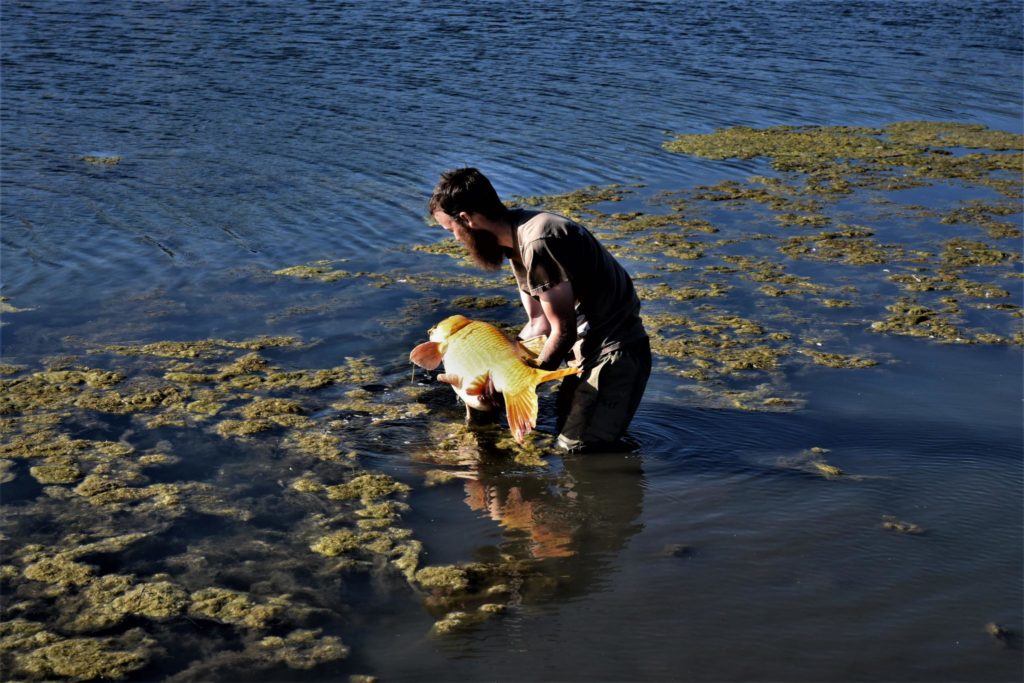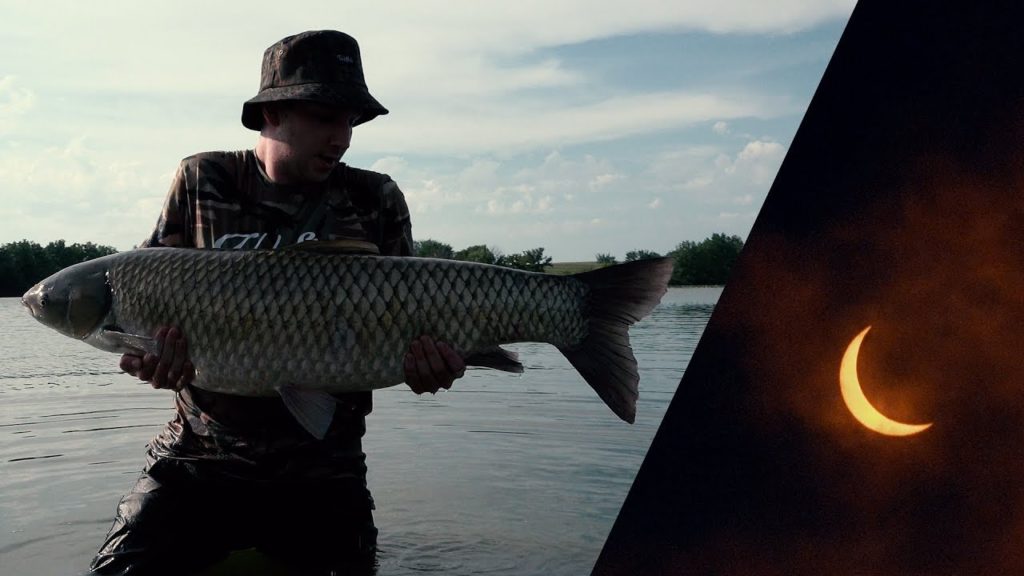We receive a lot of calls and emails about what gear is needed to start “Euro” carp fishing. There are quite a few terms that can become confusing if you are not familiar with them. The amount of knowledge available on the internet can be overwhelming so I will try to explain the basic carp fishing setup for those interested.
Carp Rods
Carp specific rods range from 9ft– 13ft with the 12ft rods as the “standard” length. They are rated in Test Curve. A test curve is a measurement, in pounds and ounces, of the weight needed to pull a rod tip through a 90-degree angle. The test curve measurement is subjective and different brands 3.0tc rods will perform differently due to the action of the rod. This normally ranges from 2.5tc – 4. 0tc. With advances in carbon and design most 3.0tc rods are considered all-rounders. Moving to a higher test curve will allow you to cast heavier weights more effectively. Lighter test curves will offer more enjoyment in playing the fish at the sacrifice of casting weights and distance. Cheaper rods will have a blend of carbon and fiberglass.
Carp rods
Reels
Carp reels fall into two categories; bait runner/free spool and quick drag (QD). Bait Runner/free spool reels have a separate adjustable drag that is activated by a lever or switch. This drag is used after setting the rod down on its holder and allows the fish to take line under light tension. When you turn the handle, it will disengage which switches the reel to it conventional fighting drag. Quick drag reels have one drag system that is controlled by the front drag knob. These reels normally require one or two full turns of the drag knob to go from locked up to “free spool”. Choosing the style of reel is more of a personal preference and one style is not better than the other. The standard size of a carp reel is the 5000 or 6000 series spinning reels.
Bait runner/free spool reels
Quick Drag (QD) reels
Mainline
The choice of mainline is another personal preference. Braid, monofilament, or fluorocarbon line are the normal choices. Each has its own advantages and disadvantages. For example, braid has zero stretch, thin diameter for high strength, and a high price tag. Having no stretch can lead to hook pulls if the drag is not used correctly. Monofilament varies in stretch depending on the brand and their specific design. Most anglers use monofilament as it is the cheapest, most readily available option, and high abrasion resistance. Fluorocarbon offers excellent abrasion resistance, almost disappears underwater, and is supposed to sink faster than the other two. The downside is the price tag and some handling issues when fishing at longer ranges. I recommend using monofilament when starting out for the ease of use and cost. For breaking strains I suggest using the heaviest you can get away with. If you are not fishing long range (100+ yards) Using 18-20lb mono line will give you the greatest chance. If you are fishing around snags/rocks/rivers heavier line will also land you more fish.
Monofilament
Braided Mainline
End Tackle and Rigs
This refers to rigs, hooks, swivels, weights (leads), and those type items. There are a huge number of variables, brands, and styles when it comes to choosing which end tackle is your favorite and works for you. I have included a link that covers the basic hair rig and the components you need for them.
End Tackle / Rig Tutorial
Bait
One of the best baits to start with is regular sweet corn or other particle baits. Most people have maize available at feed stores for a few dollars for 50lb. You need to prepare the maize to release sugars and make it more attractive to the fish. This is done by soaking and boiling or using a pressure cooker. Here is a link to an article by Iain Sorrell about particle baits
Iain’s article
If you have done any research into carp fishing you will have come across boilies. These are basically boiled dough balls. While boilies can be and are very effective they are not something I suggest to people just starting out. The cost and amount normally needed to make them work at their peak is normally not something people just looking to get the rush of catching fish will want to pay. My advice is to find a bait you are confident in and use that until you are ready to expand your knowledge of baits.
Boilies for sale
Bite Alarms
As carp angling has progressed the use of bite alarms has become the standard. They offer you the opportunity to do other things while fishing by not having to focus on the rod tip or trying to hear your drag when you get a run. They are great when taking your family or kids fishing as you can do other things while having the rods in the water. There are many different brands, price points, and features. Some of them have a wireless transmitter that sets off the remote/receiver when you have a run which gives you greater flexibility when fishing.
Bite Alarms for sale
Rod Pods and Bank sticks
These are used to hold your rods off the ground. A rod pod can be used on any surface such as dirt, gravel, mud, or concrete. They normally hold 2 to 4 rods and have adjustable legs and buzz bars giving you different ways of setting up your rods. Most pods do not include front rod rests or butt rest. The front of your rod will rest on your bite alarm or front rod rest. The butt section of the rod is held by a rear rod rest or butt rest. Bank sticks are another option if you are not fishing on rock hard ground or concrete because you push them into the ground. You can also get away with using 1 bank stick for the alarm and leave the butt section resting on the ground. Bank sticks are made with many different lengths and materials.
Rod Pods for sale
Bank sticks for sale
Rod rests for sale
Fish Care Gear
One of the most important and underused gear in the all of the fishing world. Landing nets, mats/cradles, and weigh slings are not only used to keep the fish safe while out of the water they also allow the fish to be free of dirt and debris for great trophy photos. These items, while made for carp anglers, can be used for any species of fish big and small. They work great for Catfish, Pike, and Muskie. We have covered the basics of fish care and handling in the following article.
The Basics of Fish Handling
Hopefully you have learned about the entry level gear for starting your journey into “euro” carp fishing. While you don’t have to have 100% of the items I have mentioned most people that become interested in carp fishing collect them over time.

